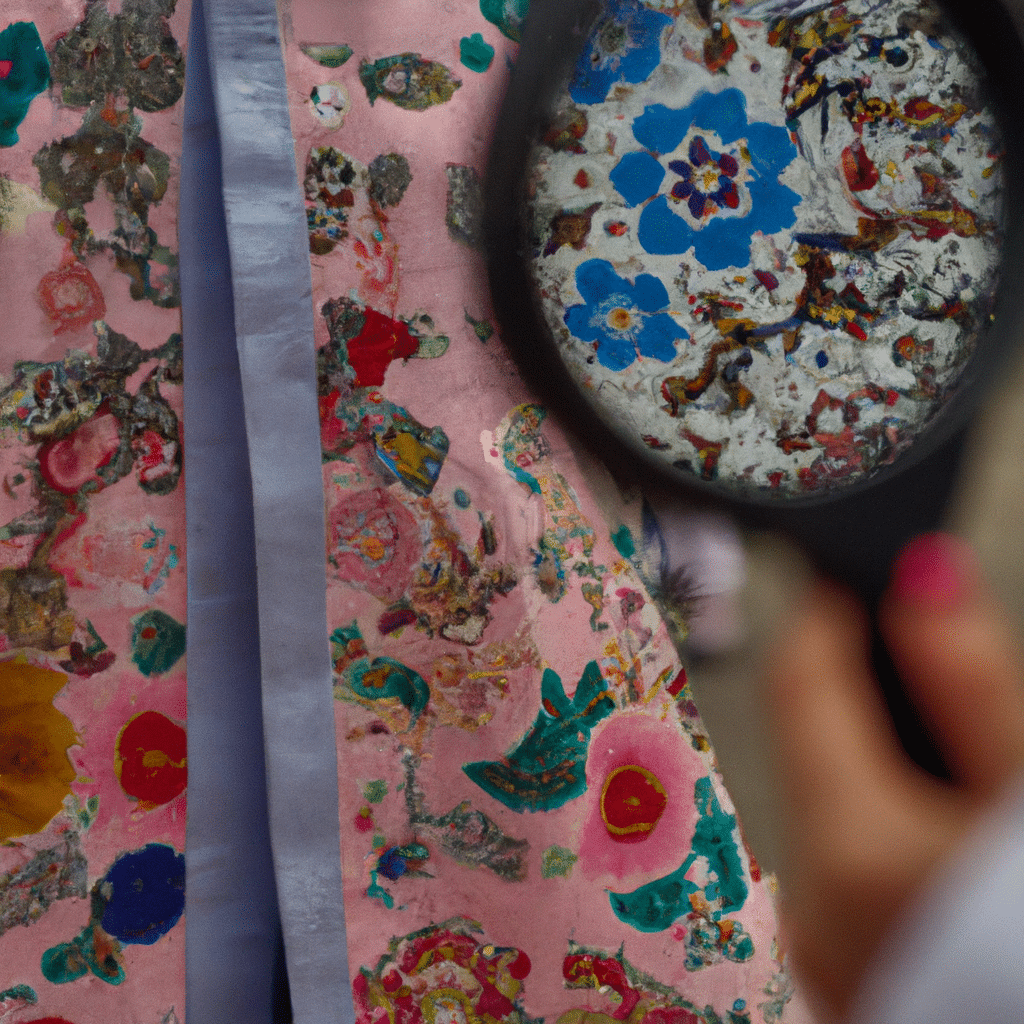When it comes to traditional Korean clothing, the hanbok is undoubtedly one of the most iconic. The hanbok is a type of traditional Korean dress that dates back to the Joseon Dynasty (1392-1910). While it is primarily worn on special occasions like weddings and festivals, it has also become a popular fashion trend in recent years. In this article, we will explore the hidden meanings behind Korean hanbok fashion, its history, and its significance in modern times.

The History of Korean Hanbok
The hanbok has a rich history that dates back centuries. During the Joseon Dynasty, the hanbok was worn by both men and women and reflected the social status of the wearer. The colors and designs of the hanbok were regulated by law, with different colors and designs representing different social classes. For example, the color purple was reserved for royalty, while commoners were only allowed to wear white or light-colored hanboks.
In the early 20th century, Western clothing began to replace traditional Korean clothing, and the hanbok fell out of fashion. However, in recent years, there has been a resurgence in interest in traditional Korean clothing, and the hanbok has once again become a popular fashion item.
The Design of Korean Hanbok
The hanbok is a beautiful and intricate garment that is designed to accentuate the natural beauty of the wearer. It is made up of several different components, including a jeogori (a short jacket), a chima (a long skirt), and a baji (loose pants).
The colors and designs of the hanbok are highly symbolic. For example, the color white represents purity and modesty, while red represents passion and vitality. The designs on the hanbok are also significant, with different patterns and motifs representing different things. For example, the crane is a popular motif in Korean hanbok design and is believed to symbolize longevity and good fortune.
The Significance of Korean Hanbok in Modern Times
While the hanbok is primarily worn on special occasions like weddings and festivals, it has also become a popular fashion trend in recent years. Many young Koreans are embracing traditional Korean clothing as a way to connect with their cultural heritage and express their identity.
In addition to its cultural significance, the hanbok is also an important part of the Korean economy. The Korean government has recognized the importance of the hanbok industry and has taken steps to promote it both domestically and internationally.
Conclusion
In conclusion, the Korean hanbok is a beautiful and intricate garment that has a rich history and cultural significance. Its colors, designs, and motifs all have hidden meanings that reflect the values and beliefs of Korean society. While the hanbok has fallen out of fashion at times, it has always remained an important part of Korean culture and is now experiencing a resurgence in popularity. Whether worn as a traditional garment or as a fashion statement, the hanbok is an important symbol of Korean identity and heritage.

